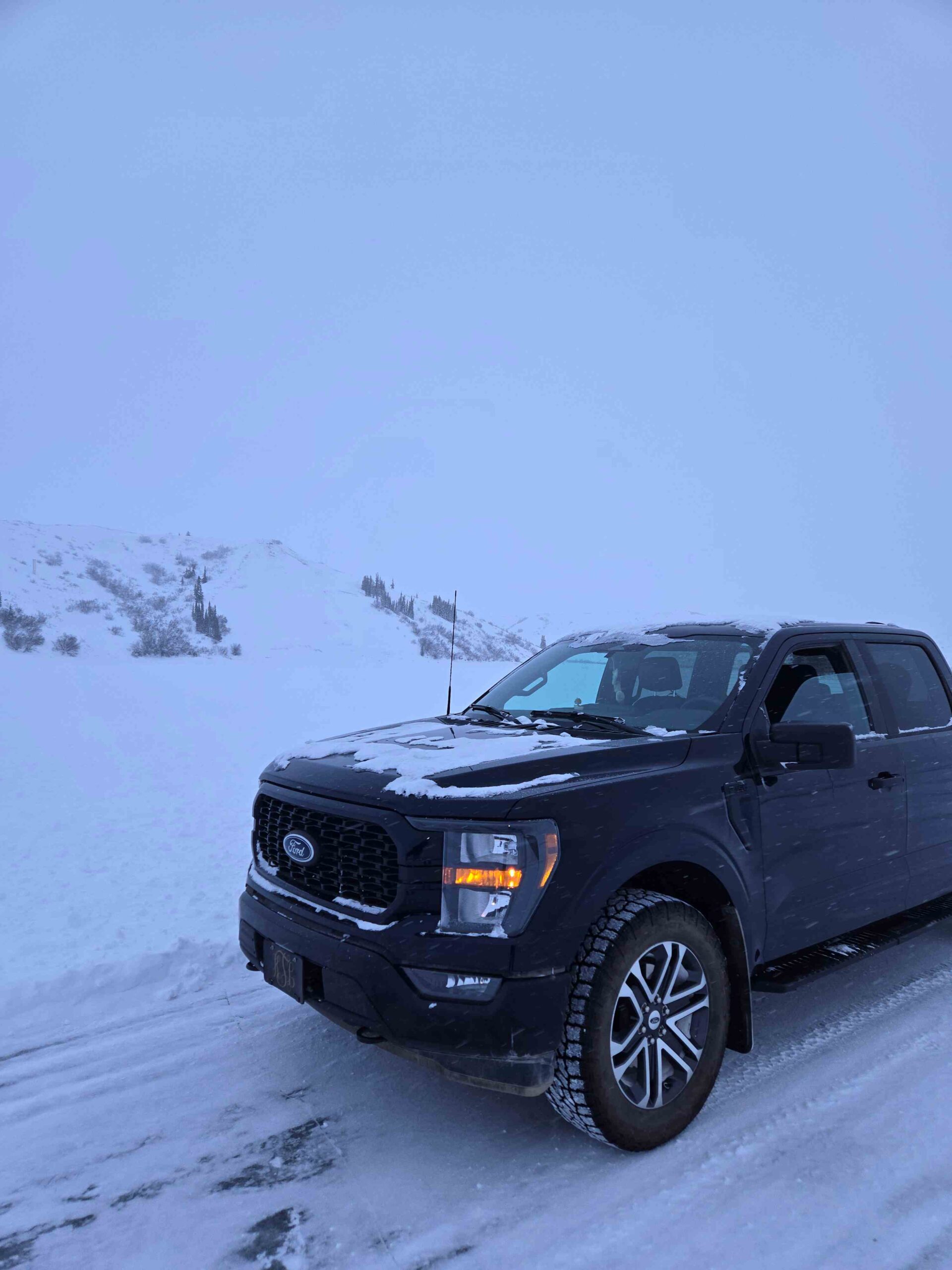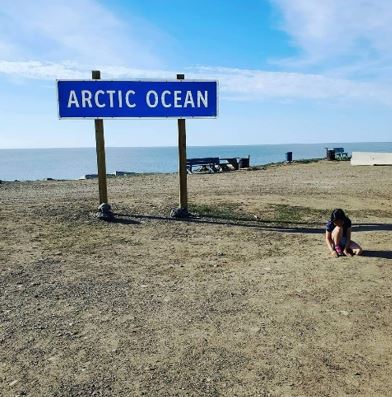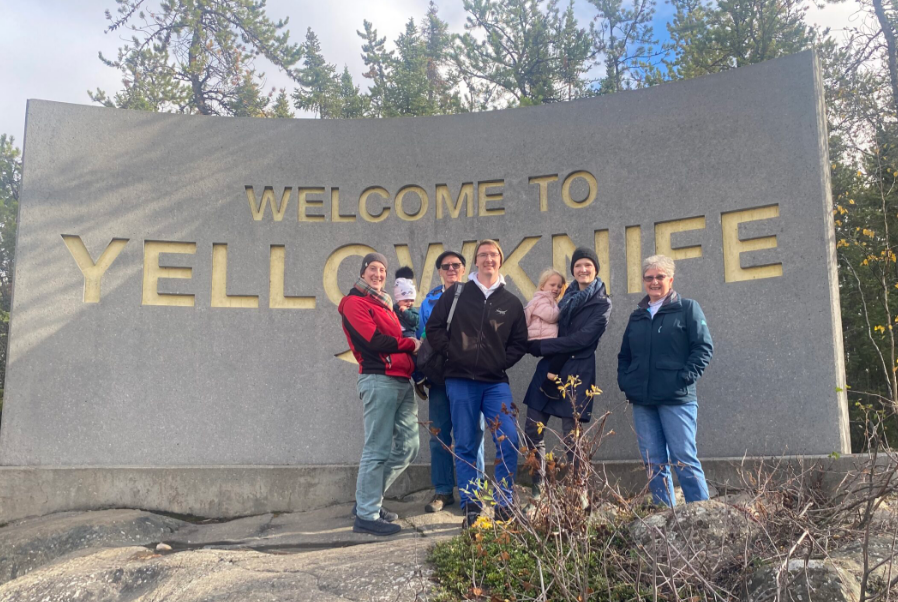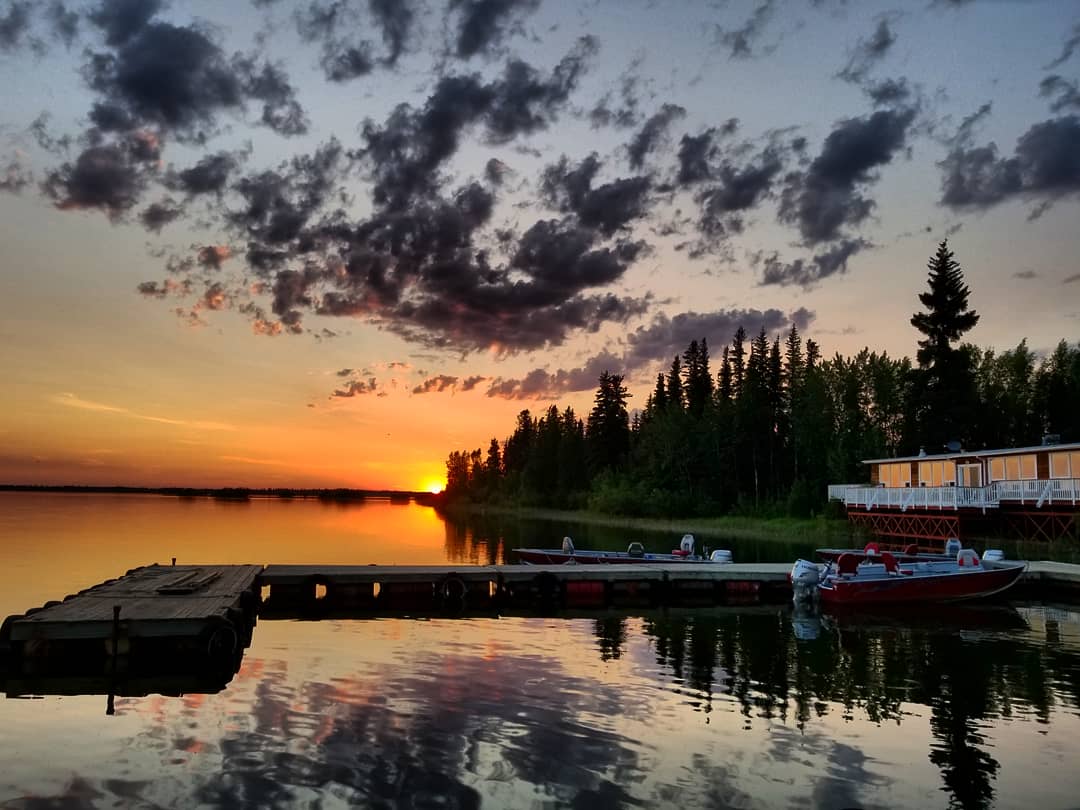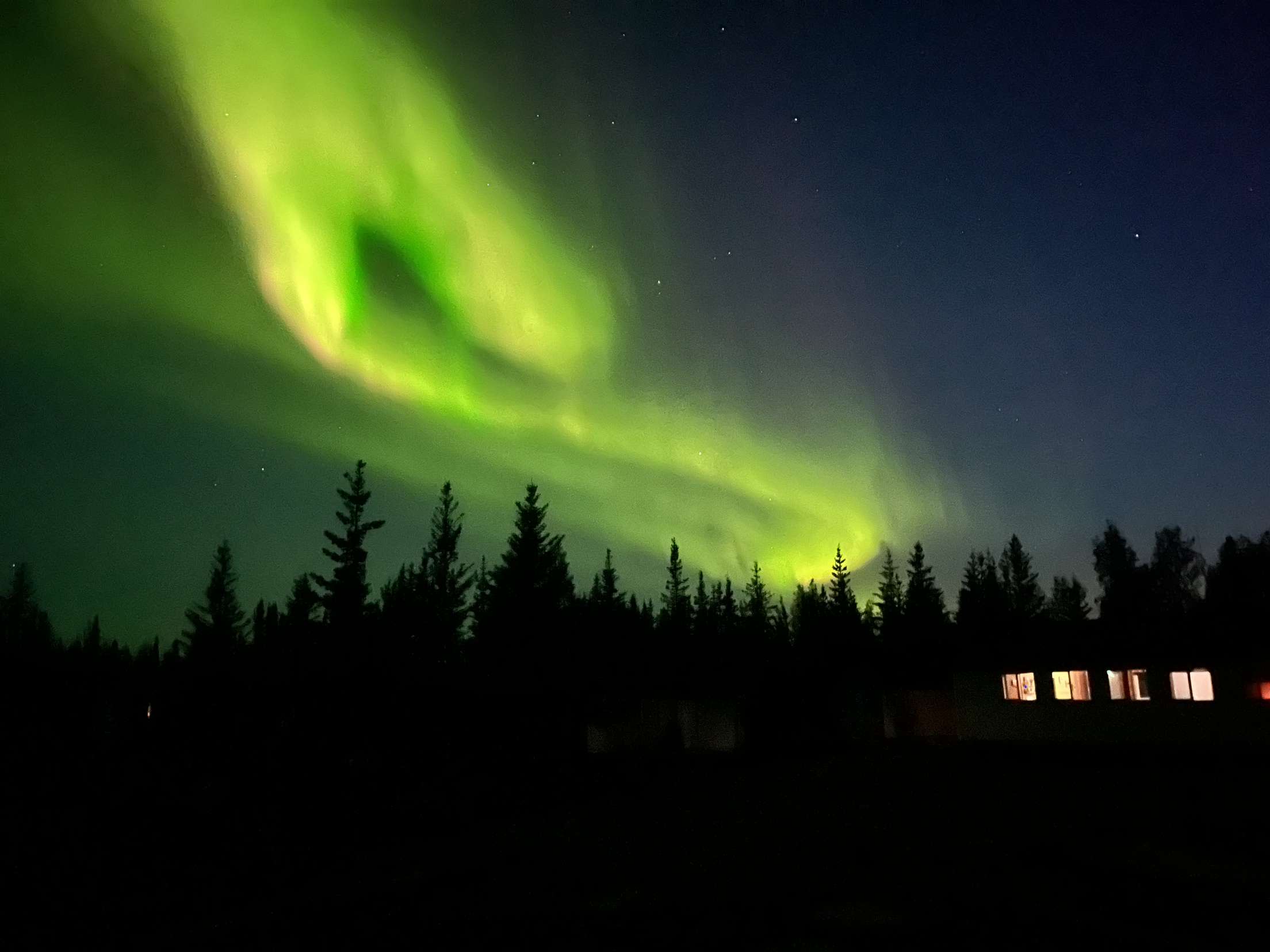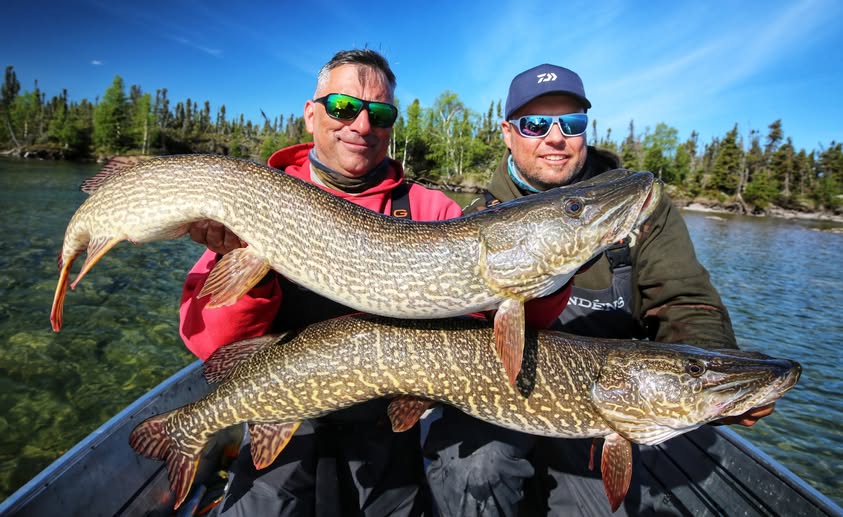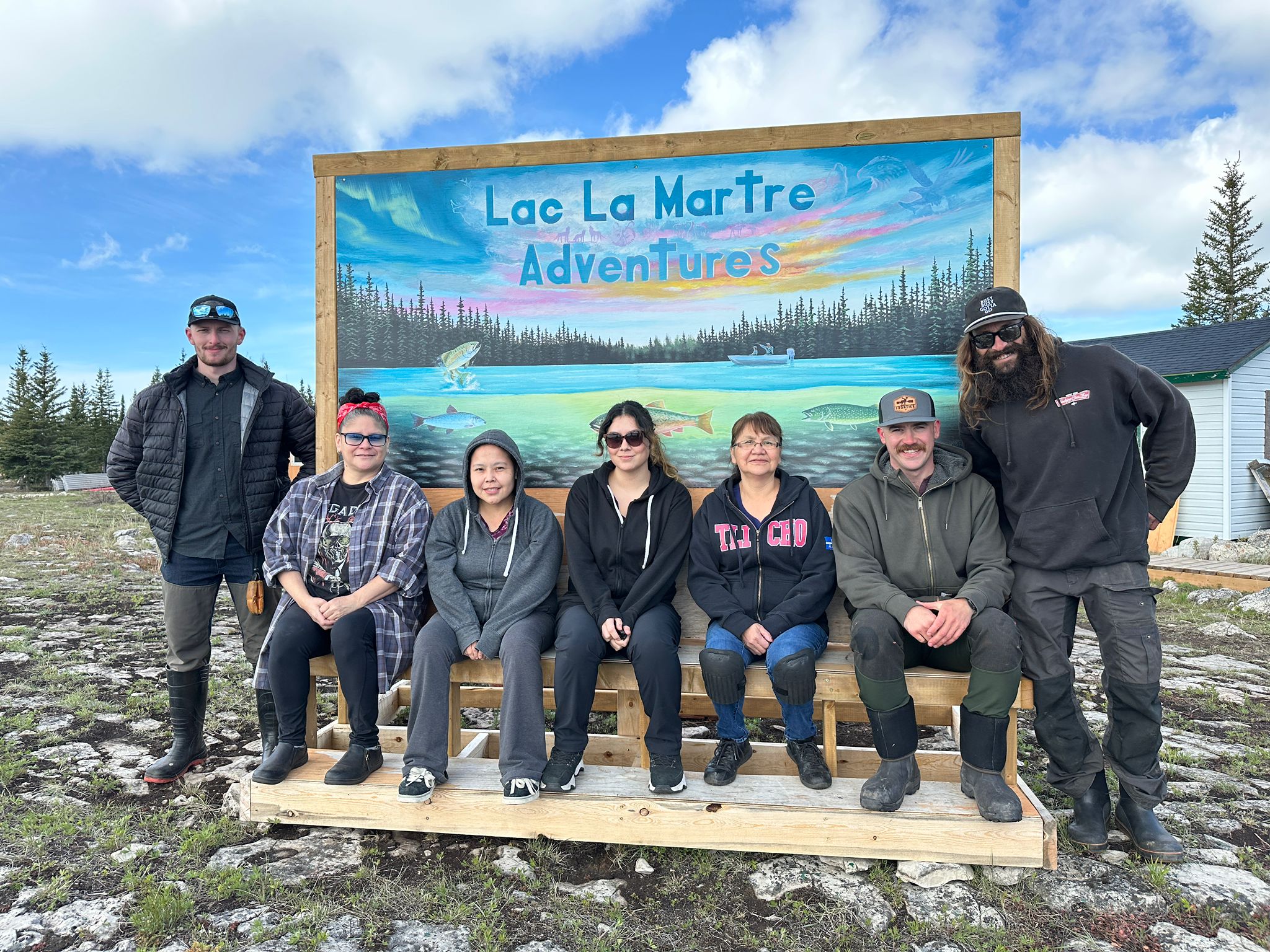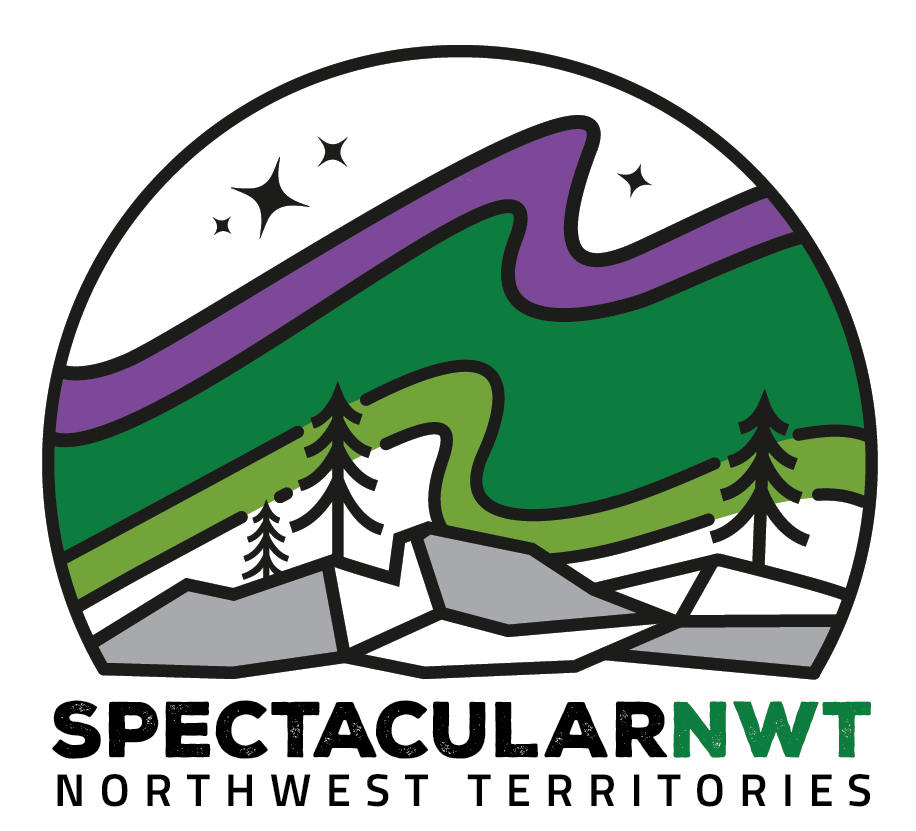Welcome to Canada’s largest National Park and one of the largest in the world. So large in fact, that the park covers as much land as Denmark. Here, there’s no shortage of hikes ranging from easy loops under a kilometre to more difficult 14 km hikes through field and forest trails. Wood Buffalo National Park is a perfect example of what makes life in the NWT so spectacular – the park is extremely accessible from Fort Smith, meaning you can enjoy its natural beauty and serenity without having to travel far from the comforts of a community.
Founded to protect the Western Hemisphere’s most hefty land animal, the rare Wood Bison, the 44,807 square kilometre park straddles the NWT’s South Slave Region and parts of Northern Alberta. The park comprises sweeping boreal forests, the massive Peace-Athabasca freshwater delta, and the otherworldly Salt Plains. Spend any amount of time in the park, and you’ll agree it’s a perfect example of what is so alluring about the NWT.
Ready for the road to adventure? Plan your route along the best scenic road trips through the NWT – you’re sure to find a spectacular horizon calling to you.
The Northwest Territories is home to some of the most pristine national parks in Canada. The humbling beauty and wild landscapes of the North are on full display. Read our guide to the 6 Canadian national parks in the NWT for a taste of what awaits you there.
















